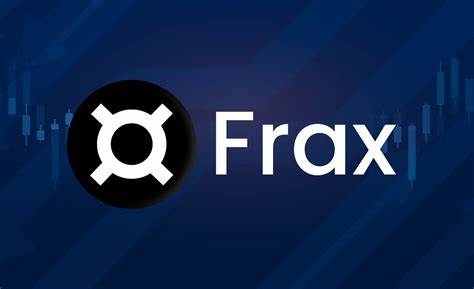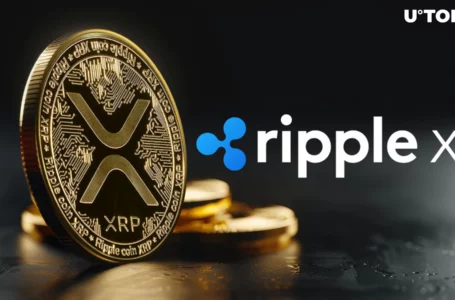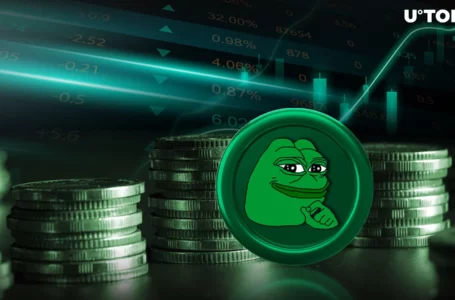
What is Frax?
Frax (FRAX) is a digital asset built to function as a decentralized stablecoin. It is part of the broader Frax ecosystem, which includes Frax Shares (FXS) and more.
What is the Purpose of Frax?
Like most stablecoins, Frax (FRAX) was built to provide holders with access to a digital asset pegged to the value of the US Dollar. The purpose of this is to provide said holders with a reprieve from the oft-noted volatility within the broader digital asset market.
As as digital asset, FRAX also enables holders to easily send and receive value on a global scale, 24/7, while simultaneously benefitting from its stability.
How Does Frax Work?
Frax (FRAX) is what is known as an ‘algorithmic’ stablecoin. This means that it achieves stability by dynamically adjusting its supply.
When the market price of FRAX falls below $1, the protocol aims to contract the supply of circulating FRAX tokens. This is done through a process called “recollateralization,” where FRAX tokens are bought back and burned, reducing the circulating supply. On the other hand, when the market price of FRAX exceeds $1, the protocol expands the supply by minting new FRAX tokens.
To ensure the collateral backing for FRAX, the protocol utilizes a fractional reserve system. A portion of the FRAX stablecoin supply is backed by collateral in the form of stable assets like the US Dollar, which are held in reserves. Additionally, collateral in the form of digital assets like Ethereum (ETH) are also utilized to back the stability of FRAX.
To ensure its peg is maintained at all time, Frax also dynamically adjusts its ‘collateralization ratio’, which determines the required collateral for each FRAX token minted. This ratio is dynamically adjusted based on market conditions to maintain stability. In times of increased volatility, the collateralization ratio is raised to ensure a higher level of security and stability for FRAX holders.
The Frax protocol operates on a decentralized network, enabling users to mint and redeem FRAX tokens through smart contracts without the need for intermediaries. The algorithmic and collateral-based mechanisms of Frax work together to provide stability, liquidity, and trust in the value of the FRAX stablecoin, making it an attractive option for many users seeking stability in the digital asset market.
Token – FRAX
The Frax stablecoin is represented by its token, known as ‘FRAX’. These tokens are minted primarily on the Ethereum network as ERC-20. Over time, this process has expanded to include other blockchains (ie. Binance Smart Chain, Polygon) in an attempt to increase both exposure and flexibility of FRAX.
History
Frax (FRAX) was developed by Sam Kazemian and Travis Moore, who launched the project in 2020. The pair aimed to address the need for stability in the digital asset market by creating a decentralized stablecoin.
The team focused on a hybrid design, combining algorithmic and collateral-based mechanisms. Before long, FRAX gained recognition and popularity within the digital asset community, leading to its expansion onto multiple blockchain networks.
Today, FRAX has become a well-established stablecoin, offering stability and reliability to fans of algorithmic stablecoins.
Regulatory Status
The current state of regulations surrounding stablecoins is evolving and varies across jurisdictions. Regulators worldwide are increasingly scrutinizing stablecoins, with some countries implementing or proposing specific regulations to address potential risks related to their issuance, operation, and use. This includes measures such as ensuring adequate reserves and compliance with anti-money laundering (AML) and know-your-customer (KYC) requirements.
Bottom Line
The Frax Protocol described itself as issuing ‘the most innovative stablecoins in crypto’. With FRAX, and its use of algorithmic pegging alongside dynamic collateralization, this may just be the case. As a result, FRAX has found a following within the market, cementing itself as one of the more popular stablecoins in use.


















